Supporting materials
Download
Download this article as a PDF

Using pond snails as a low-cost, hands-on model to teach biology and environmental science in secondary schools.
What effects do everyday pollutants, like detergents, and low-oxygen conditions have on the pond snails’ survival and behaviour? What can they teach us about stress and behaviour? And how can such experiments foster critical thinking, environmental awareness, and ethical practice within a STEAM-aligned curriculum?
Lymnaea stagnalis, commonly known as the great or common pond snail, is a freshwater pulmonate gastropod mollusc found in ponds, lakes and slow-moving streams across Europe, Asia, and parts of North America.[1] It inhabits the shallow, vegetation-rich edges of water bodies and typically feeds on algae and decomposing plant matter.[2]
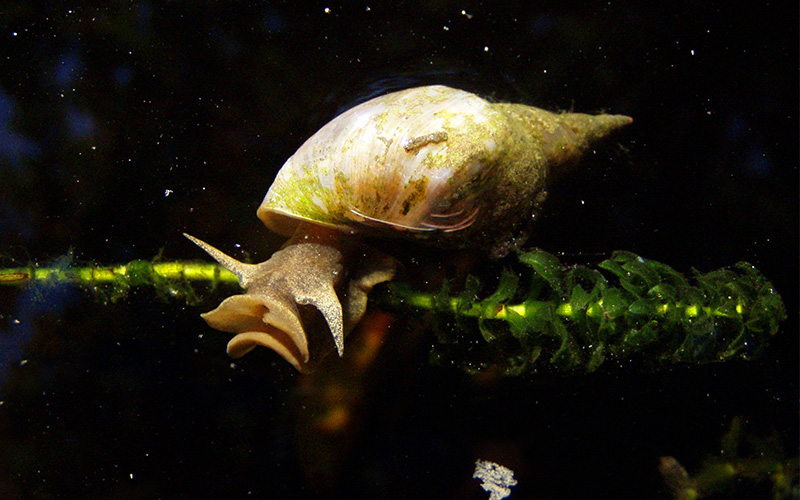
In our laboratory, the snails live around 12 to 18 months and are easily maintained, producing a high number of offspring all year round, and laying their eggs on the aquarium walls. The snails are hermaphrodites and reach sexual maturity two to three months after egg laying.[2, 3] Under controlled conditions (20°C, 50 ml of chlorine-free tap water), pond snail embryos complete development in approximately 16 days, with a survival rate of around 90%.[4] Embryos develop inside transparent eggs packaged in a translucent gelatinous mass of about 2–6 cm, containing 20 to 160 eggs,[2] allowing observers to follow their developmental stages in detail. The snails are prey for various aquatic organisms such as fish, crayfish, amphibians, mammals and birds and they play a role in decomposition, making them a key organism in aquatic food webs.[5] Studies show that pond snails exhibit lasting anxiety-like behaviours, such as altered breathing, righting, and escape, after being exposed to predator cues.[6] These persistent responses make them a valuable model for exploring stress and mental health in school-level scientific experiments. The use of L. stagnalis in teaching brings biology to life and encourages hands-on learning experiences. By observing and interacting with living organisms, students can develop critical thinking skills, scientific inquiry and a deeper appreciation for the natural world.
Cultures can be maintained in home aquariums (> 5 litres) filled with tap chlorine-free water kept at a pH of 6.5–8.5 at 20 ± 2°C under a light-dark period of 14/10h and fed lettuce ad libitum. Siphon the tank every week to remove faeces. A density of 50–100 adult snails per 35 litres aquarium is generally used (it should not be higher than 5 adults per litre).
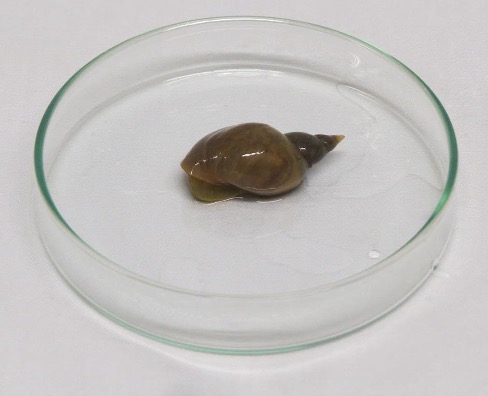
The snails produce a slippery mucus that helps them glide along surfaces, including the undersides of water, without sinking. This mucus not only aids movement but also helps to protect them from predators.
Snails have a specialised feeding structure called a radula that acts like a tongue covered in tiny teeth. This radula allows them to scrape and devour their food.
Bringing live animals into the classroom is an inspiring and memorable way to teach biology. Observing real organisms helps students to engage more deeply with life processes and develop a genuine curiosity about the natural world. Yet, these experiences also come with a responsibility. Modern approaches to science teaching increasingly emphasise respect for living organisms.
Teachers should follow the three guiding principles of ethical research – Replacement, Reduction and Refinement (the 3Rs) – whenever animals are used in lessons. This means replacing live animals with models or videos wherever possible, reducing the number of animals used to the absolute minimum, and refining activities to ensure they cause no harm or distress. Focusing on simple, low-impact observations of innate behaviours – those that animals perform naturally, without prior learning –provides rich opportunities for study while maintaining high ethical standards.
It is also important to encourage students to think about the ethical side of science itself. Discussing why and how animals are used helps them to understand that ethical reflection is an inseparable part of scientific work.[7] Such conversations connect ideas about responsibility in research with the broader values of empathy, sustainability and respect for life – all essential lessons for the citizens and scientists of tomorrow.
Pond snails are special animals because they can breathe both through their skin and by coming to the surface to take in air through a tiny opening called a pneumostome (i.e., respiratory orifice). This experiment helps us understand how these snails behave when the water has less oxygen. It’s a good way to explore how living things adapt to their environment.
The activity is suitable for students aged 11–19 and will take 30–45 minutes to complete.
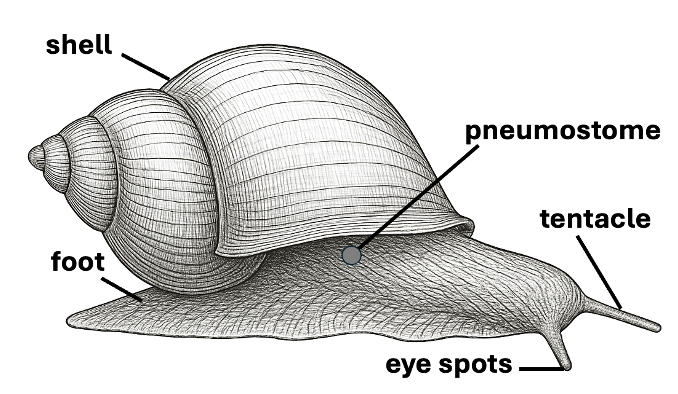
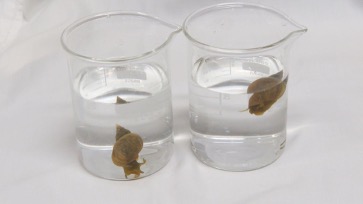
After observing the breathing behaviour of snails in different oxygen conditions, it is important to reflect on what we saw and why it matters. These discussion questions will encourage deeper thinking about how living organisms adapt to changes in their environment. Example answers can be found in the supporting material.
Anxiety, a behavioural consequence of stress, triggers a range of adaptive or defensive behaviours aimed at escaping from potential threats.[6] This experiment explores the righting behaviour of the pond snail under different water conditions. Measuring how long a snail takes to flip back over can indicate stress or changes in motor function. This simple behavioural response helps us to understand how environmental factors may affect snail activity. These behaviours are crucial for survival, helping animals to avoid potential dangers in their environment.
The activity is suitable for students aged 11–19 and will take 20–30 minutes to complete.
Ensure that the water is at room temperature before putting the snails in.
Handle the animals gently and return them to their habitat after the experiment.
Caffeine can be toxic to snails, even at relatively low concentrations. Use only very diluted solutions (maximum 0.05%) in classroom activities. As caffeine content of coffee varies between brands, all solutions should be prepared with care to avoid harming the animals.
1. Expose a pond snail to filter paper that has been soaked in either water culture (the control sample) or with fish water/diluted coffee for two minutes.
2. Flip the snails onto their dorsal surface. Dislodge each snail 5 times.
3. Record the mean righting time for each treatment.
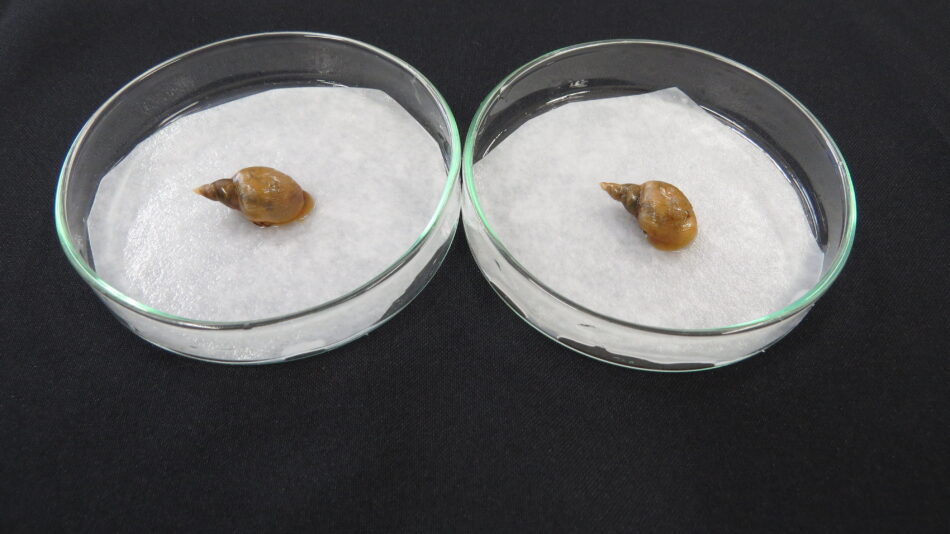
Example answers for activity 2 can be found in the supporting material.
[1] Atli G, Grosell M (2016) Characterization and response of antioxidant systems in the tissues of the freshwater pond snail (Lymnaea stagnalis) during acute copper exposure. Aquatic Toxicology 176: 38-44. doi: 10.1016/j.aquatox.2016.04.007
[2] Kuroda R, Abe M (2020) The pond snail Lymnaea stagnalis. EvoDevo 11. doi: 10.1186/s13227-020-00169-4
[3] Fodor I et al. (2020) The natural history of model organisms. The unlimited potential of the great pond snail, Lymnaea stagnalis. eLife 9. doi: 10.7554/eLife.56962
[4] Arambaši M et al. (2013) Pond Snail Lymnaea stagnalis L.: The Implication for Basic and Applied Research. World Applied Sciences Journal 25: 1438-1448. doi: 10.5829/idosi.wasj.2013.25.10.13503
[5] Raman N et al (2024) Understanding the differential impacts of two antidepressants on locomotion of freshwater snails (Lymnaea stagnalis). Environmental Science and Pollution Research 31: 12406–1242. doi: 10.1007/s11356-024-31914-0
[6] Rivi V et al. (2025) First evidence of an anxiety-like behavior and its pharmacological modulation in a molluscan model organism, Lymnaea stagnalis. Nature Translational Psychiatry 15. doi: 10.1038/s41398-025-03399-z
[7] Drinkwater E, Robinson EJH, Hart AG (2019) Keeping invertebrate research ethical in a landscape of shifting public opinion. Methods in Ecology and Evolution 10: 1265-1273. doi.org/10.1111/2041-210X.13208
Download this article as a PDF
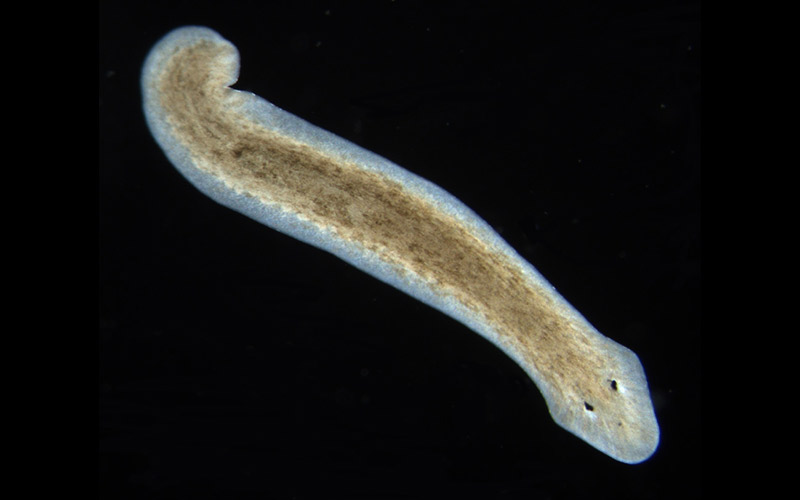
Meet the planarian, a fascinating flatworm with incredible biological abilities and unique and surprising ways to respond to various stimuli.
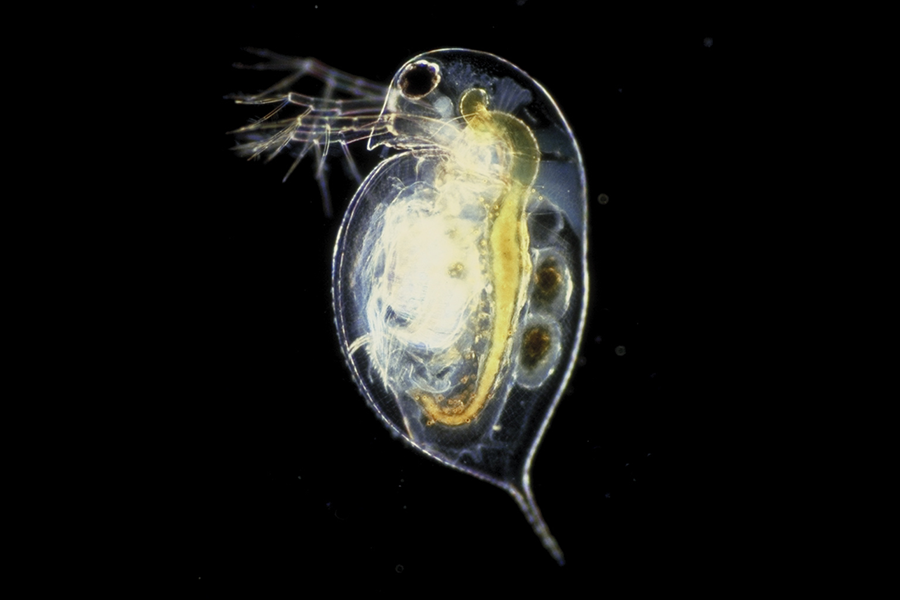
How do social drugs affect metabolism? How is toxicity measured? How does climate change affect water ecosystems? Promote active learning by…
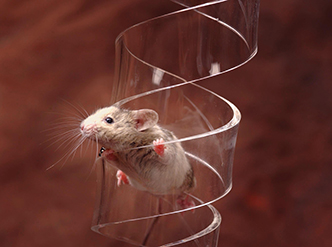
When something frightens us, should we freeze, or should we investigate? Sarah Stanley describes how scientists from the European Molecular Biology…